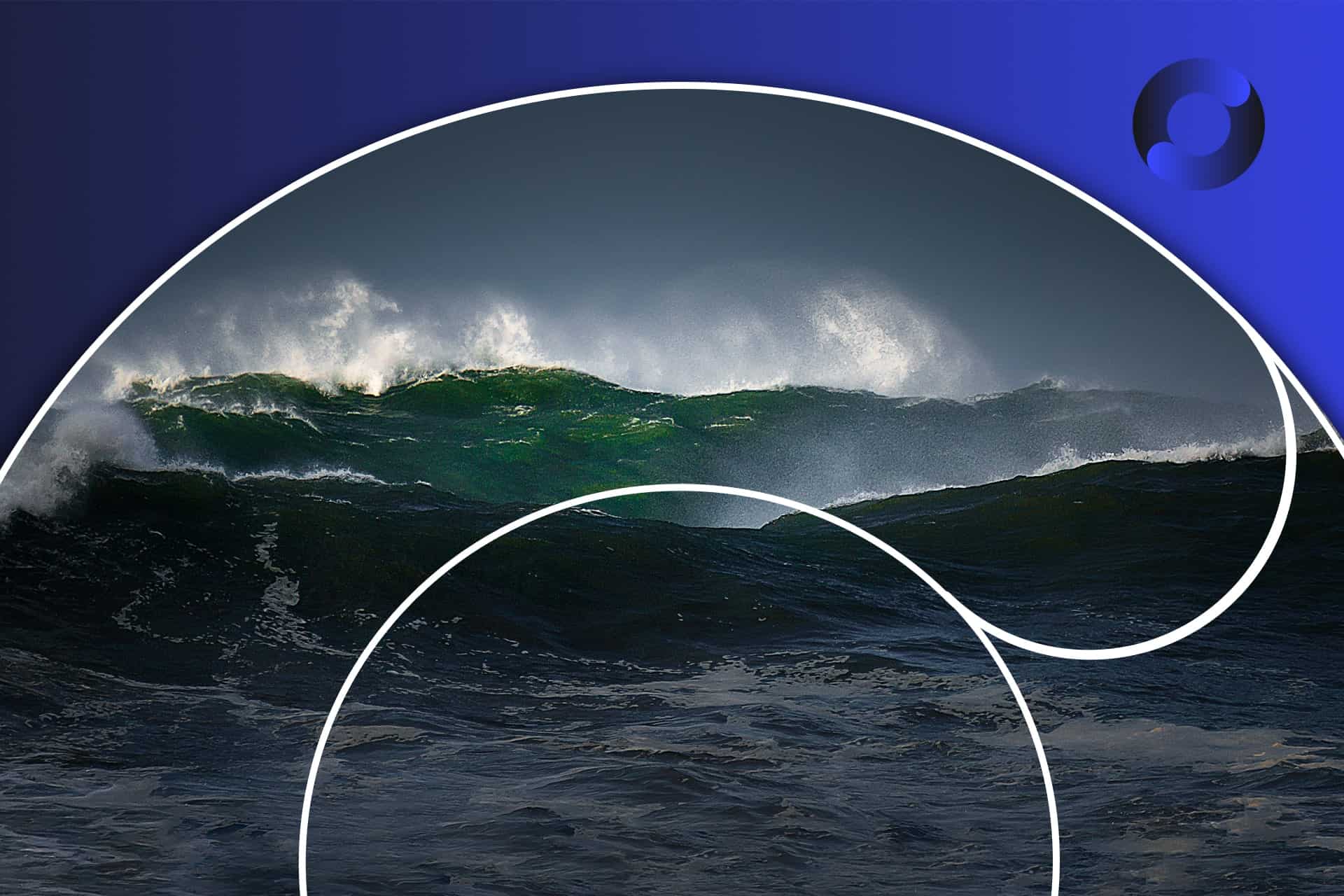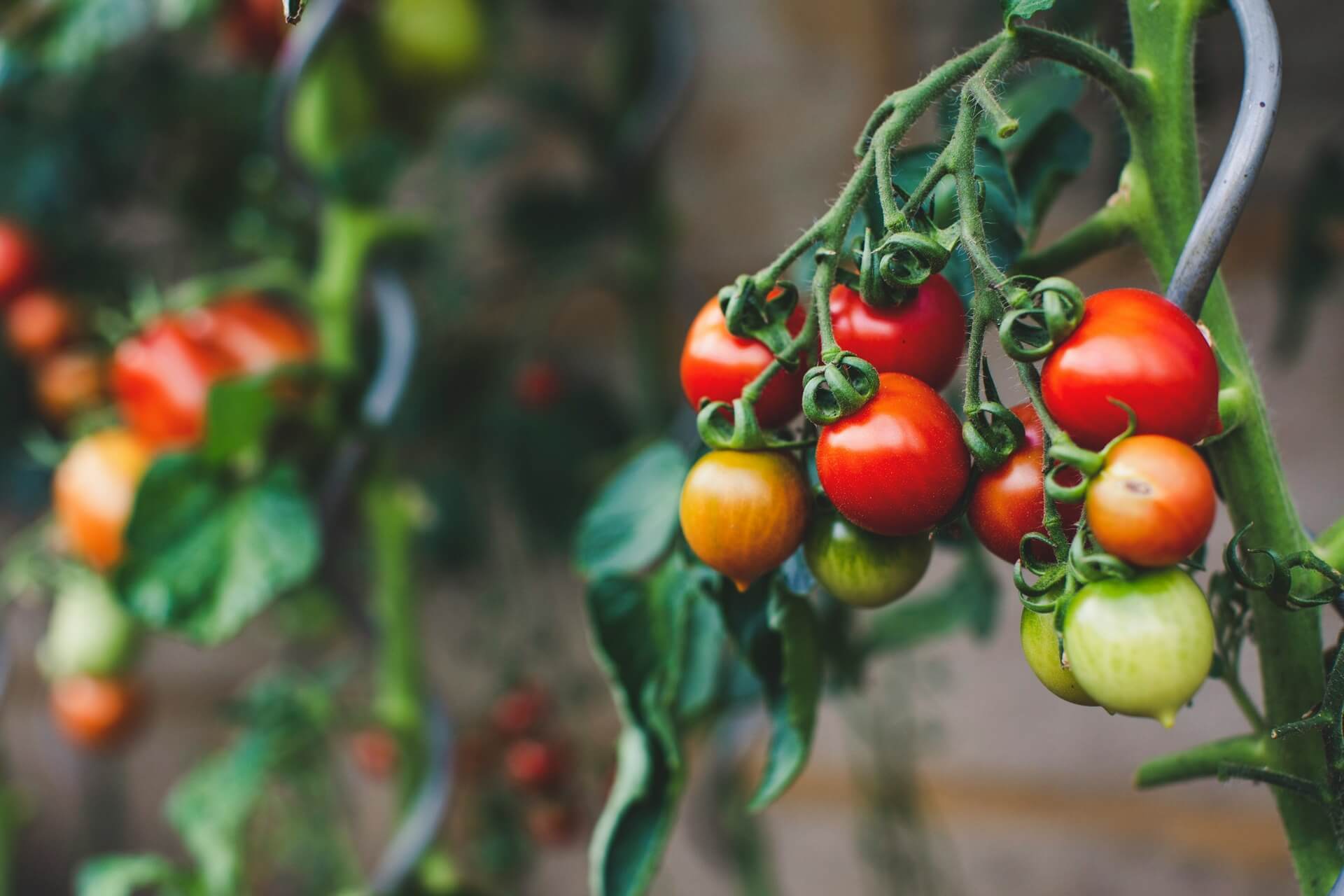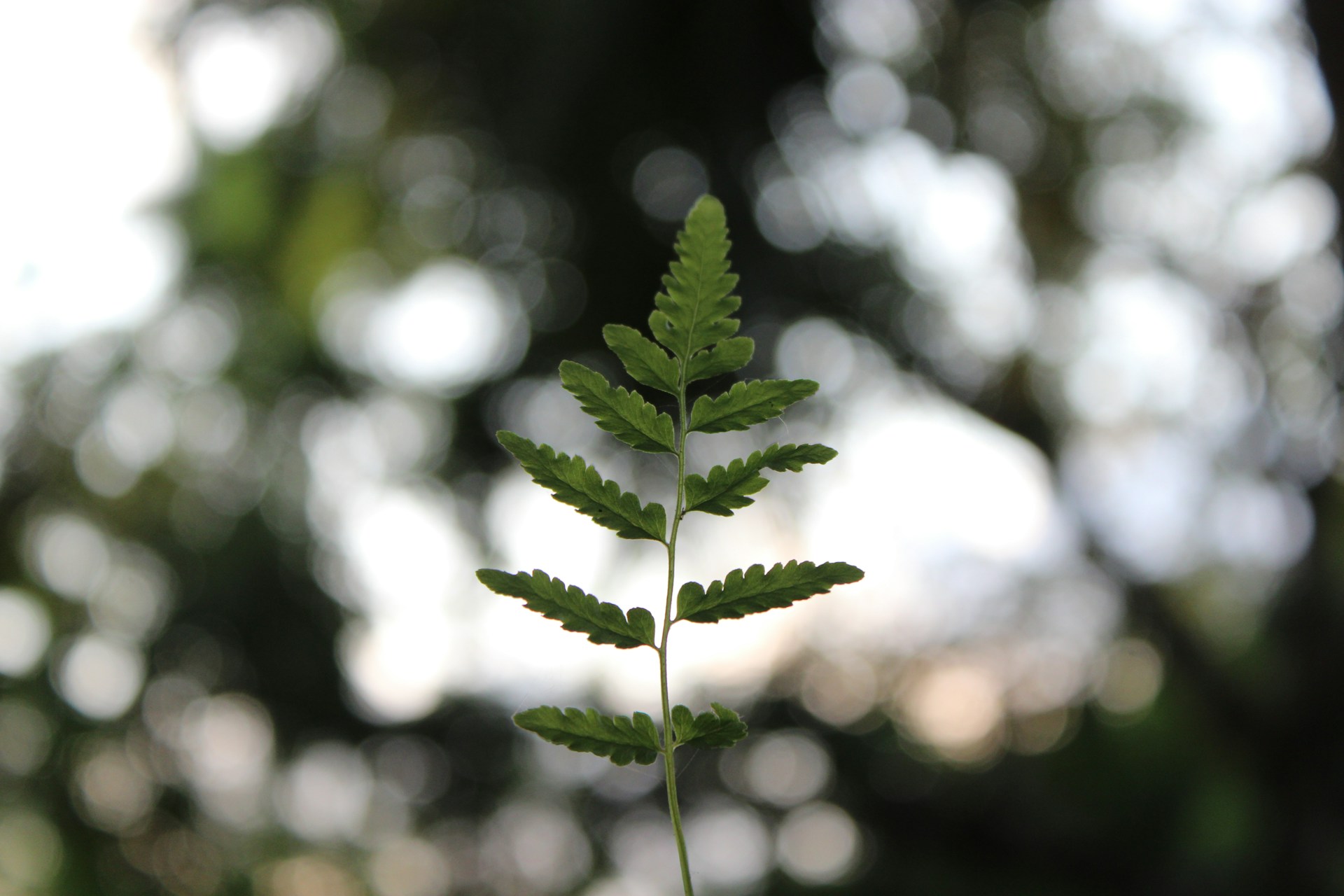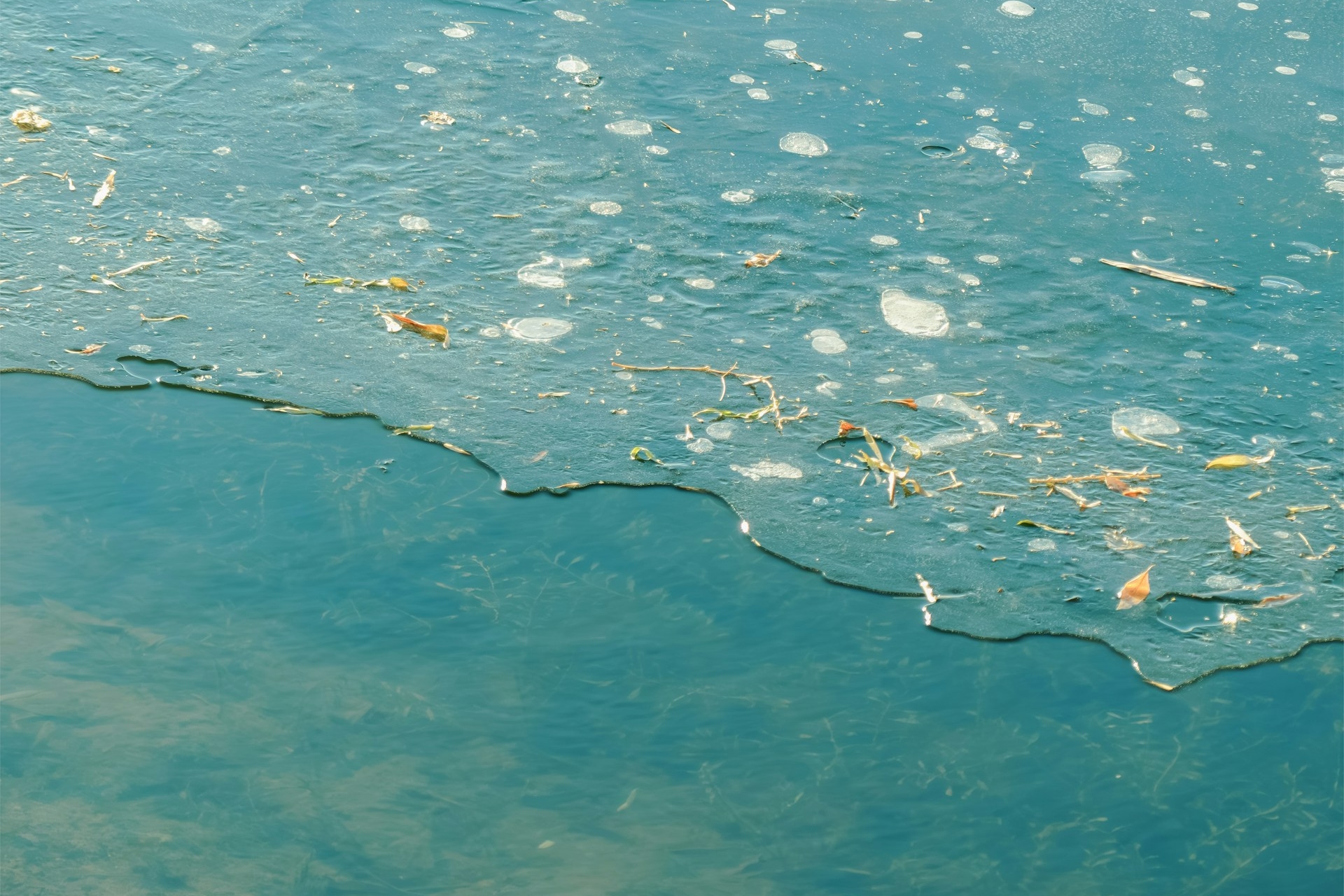
Unseen Dangers in the Ocean Threaten Life
May 23, 2017 - Emily Newton
Revolutionized is reader-supported. When you buy through links on our site, we may earn an affiliate commission. Learn more here.
You are aware of the usual dangers found in the ocean, such as sharks and stingrays, but the next time you toss your empty 20-ounce bottle of water into the trash, you may be contributing to a growing unseen danger in our oceans. How is microscopic plastic harming our oceans?
The Hidden Danger
As much as 300,000 tons of plastic pollute the ocean, not including the microscopic plastic particles floating in the water. This number equates to the weight of 1500 blue whales.
Areas in the Arctic Ocean, North Pacific, South Pacific, North Atlantic, South Atlantic and the Indian Ocean are developing large garbage patches due to nonbiodegradable trash. These patches form when currents and wind push water to the middle of the ocean in an event called a gyre. The water in the center of the gyre sinks and leaves behind the swirling trash. The heavier pieces will sink to the ocean floor, but many lighter pieces of garbage remain on top of the water.
Although organizations like The Ocean Cleanup suggest ways to collect this garbage, it may prove to be an ongoing problem as people continue to add to the trash with more plastic items. Some areas hold extremely high concentrations of plastic debris from distant places.
Trash originating from the East Coast of North America, for example, floats into far off places like the Arctic where it enters a gyre. As the saltwater and current slowly erode the plastic, it leaves smaller bits that are eventually eaten by fish, birds and other animals.
The Consequences of Carelessness
Whether plastic debris originates from a ship or from a far-off coast, it is human carelessness that is exacerbating the problem — and it is affecting more than the oceans. Each ecosystem connects to the next.
An article published in Nature Ecology and Evolution in 2017 stated that the levels of contamination are higher in places with heavy industrialization. This suggests that bioaccumulation is prevalent at full ocean depth. Large visible plastic debris is unsightly, but the smaller unseen plastic particles pose larger health concerns. Plastic can leach out harmful chemicals like dioxin, DDT and polychlorinated biphenyls (PCBs). These chemicals can build up and lead to dangerous, even fatal, conditions. In humans, these chemicals accumulate in fat deposits and breast milk and can result in cancerous tumors, endocrine system disorders and birth defects.
Even if you do not live in a highly contaminated area, you still risk exposure to these chemicals from the plastic debris in the ocean when you consume seafood in your diet. Studies report that fish are ingesting small plastic particles mistakenly as food.
According to a study published in Scientific Reports, as many as one in four fish have plastic particles or fibers in their bellies. The researchers sampled seafood markets in California and Indonesia, focusing on fish and shellfish. They found plastic particles in 55 percent of all the species sampled in Indonesia and 67 percent of all species sampled in California.
As for individual fish, the researchers identified debris in 28 percent of the fish from Indonesia and 25 percent from the fish in California. Thirty-three percent of individual shellfish from the sample contained plastic particles and/or fibers.
Protect Our Oceans from Microscopic Plastic
Not only do humans consume fish contaminated with microscopic plastic debris, but other animals do as well. Polar bears are feeling the effects of exposure to DDT and PCBs. As the chemicals accumulate in a polar bear’s body, it causes hormonal disruptions that may affect their behavior, fertility and development.
Pollution is still an ongoing problem for the environment. Deep sea trenches are potential homes for sinking trash and may contain persistent organic pollutants (POPs), which bioaccumulate in fish and mammals that can interfere with the development of marine life in the deep sea. To protect the environment and the ecosystems involved, scientists will continue to study and find ways to reduce the amount of microscopic plastic particles in our oceans.
Revolutionized is reader-supported. When you buy through links on our site, we may earn an affiliate commission. Learn more here.
Author
Emily Newton
Emily Newton is a technology and industrial journalist and the Editor in Chief of Revolutionized. She manages the sites publishing schedule, SEO optimization and content strategy. Emily enjoys writing and researching articles about how technology is changing every industry. When she isn't working, Emily enjoys playing video games or curling up with a good book.







